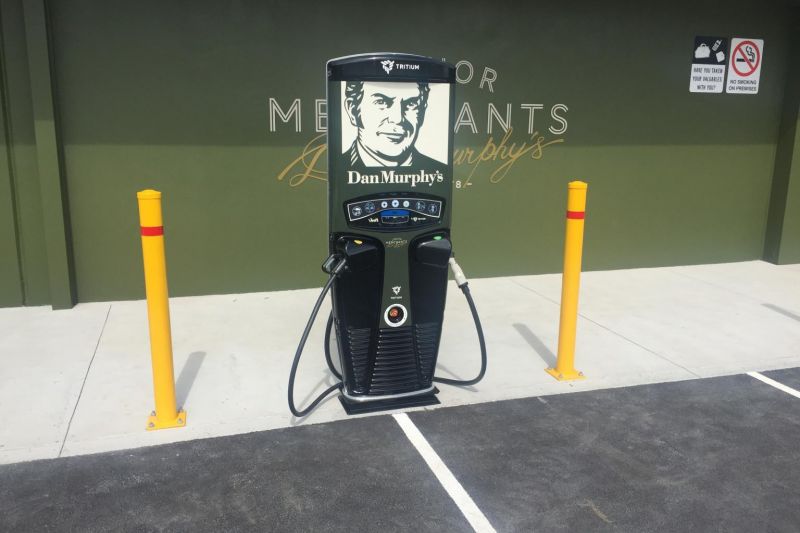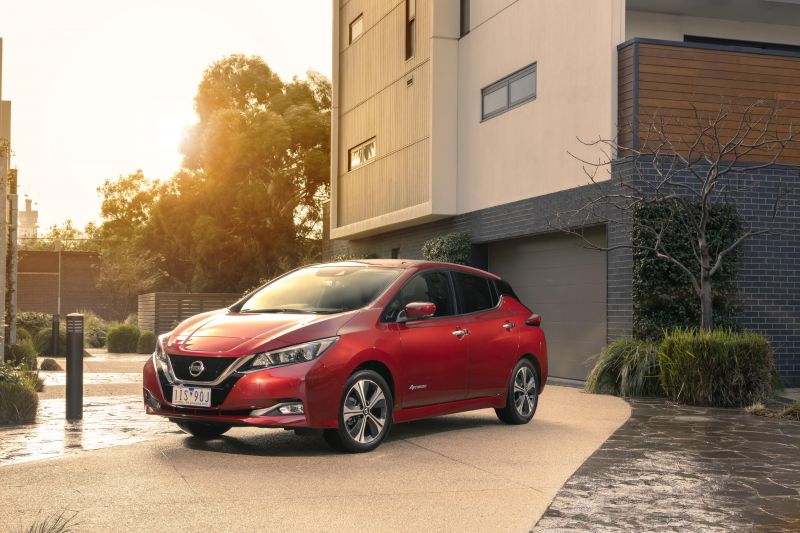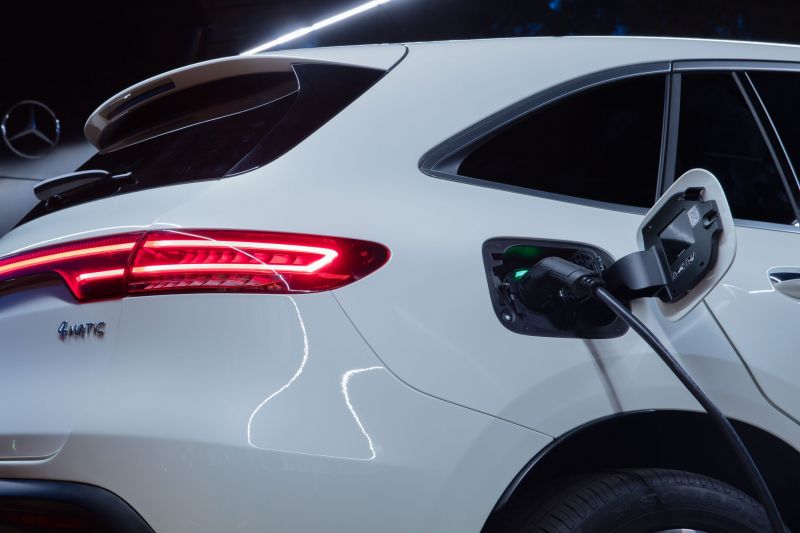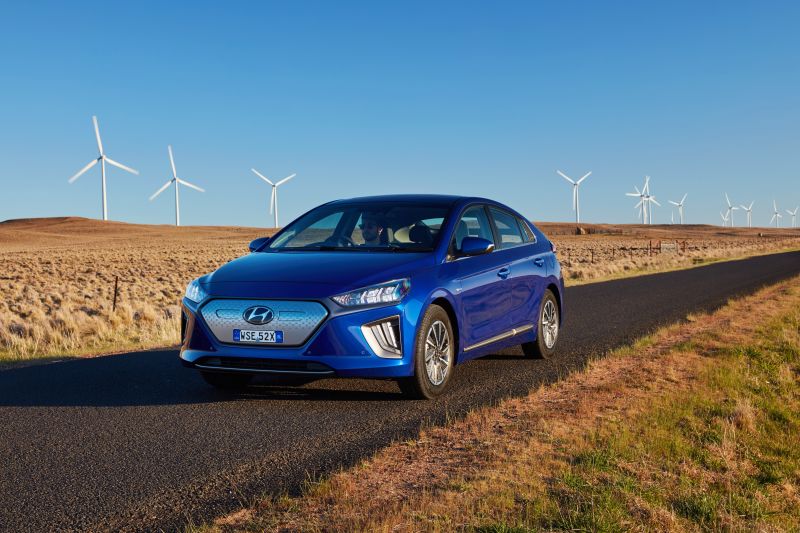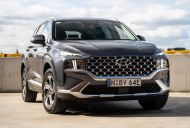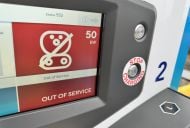Tritium, the Brisbane-based producer of DC electric vehicle (EV) infrastructure, has launched a new 350kW rapid charger that can automatically bill a user irrespective of which operator it belongs to – even if they’re not existing account holders.
The claimed world-first charging system promises to streamline the process of charging an EV, because it does away with any need to sign up to different charge providers to access public fast charge points, and theoretically means an end to at-charger card-swiping or RFID tags.
It will become standardised on Tritium’s chargers, and can also retrofitted.
“With Tritium’s Plug and Charge, drivers will be able to approach a charger, regardless of the charging network operator, and their session will begin and they will be automatically and securely billed from the moment the charger plug connects to the vehicle,” the company says.
How does it work? The DC charger and your future EV will both need to store a cryptographic key. When they ‘talk’, a supposedly un-hackable third-party program run by the likes of Hubjet certifies the connection and the charging is billed to your linked account. It adheres to ISO 15118 standards.
There appears to be only one hangup, at setup time. On the first instance of charging, the driver will be required to connect their vehicle to an account, usually with a credit or swipe card at the charger. That connects the account to the vehicle and encrypts the data within the vehicle itself.
“Our technology ensures we are securely storing cryptographic keys on the charger side in a way that other chargers can’t,” contends Tritium CTO and co-founder James Kennedy.
“You’re more likely to lose a card and have someone swipe it somewhere than by someone being able to access account details via our Plug and Charge technology.”
“… Right now, EV drivers approaching an EV charger will likely have to sign up for that network’s system to access it and pay for the charging session, adding unnecessary time to the experience and siloing charger networks; even accounting for the ability to pay by credit card at some chargers this is wildly inconvenient,” he added.
“Every charge point operator will soon look to do this; we see it from a payments perspective as no different to using a particular bank card at a competitor’s ATM. It’s taking the friction and hassle away from the experience and operators will benefit from this seamless experience.”
Tritium is also talking up the system’s potential for fleet users, which “stand to see immense benefits from the technology being deployed”.
“Drivers of fleet vehicles will no longer have to carry a company card or, more inconveniently, pay for a refuel out of their own pocket and seek a reimbursement later,” it says. “All charging costs can be funnelled through one system.”
But Tritium also says that in order for this system to generate necessary scale, the world’s EV brands need to determine a way to make the necessary vehicle-side cryptographic key, which it suggests should “become commonplace with emerging models”.
“The vehicles will need to have the storage technology built in, in much the same way as paying for something with your smartphone requires NFC technology. Once that becomes the norm, as NFC has, you will see the incidents of Plug and Charge payments skyrocket,” Kennedy says.
One key advantage is Tritium’s status as a major supplier, notably in Europe. It has deployed more than 4500 DC chargers, it says, and provided 600,000-plus charging sessions in at last 33 countries.
It claims to currently hold around 50 per cent of the world-leading market in Norway and 15 to 20 per cent of the wider western global market for these DC fast chargers.
It is also a major supplier to the Ionity network of fast chargers, co-funded by BMW Group, Ford Motor Company, Mercedes-Benz AG and the Volkswagen Group with Audi and Porsche, and open to owners of all brands.
Tritium’s Plug and Charge technology is said to have been tested been tested in a live setting at a number of its ‘PK350kW’ DC High Power Chargers in Germany, and at its E-Mobility Innovation Centre in Amsterdam. The tech will also roll out on Tritium’s cheaper-but-slower 50kW chargers soon.
“It’s a major reason why we’re first to the market with a secure and advanced charger technology once again,” Kennedy said.
“As new vehicles begin to be rolled out and with them the technology to secure the cryptographic key on the vehicle side built into the vehicle itself, the technology will lead to a new CX [customer experience] era for electric vehicle drivers.
“This is a game changer for EV drivers in the future, making the charging as simple and as easy as it is for Android phones to charge with a USB-C adapter, for instance. It will just work.”
Tritium’s global headquarters and main manufacturing plant is in Brisbane. Sales and manufacturing facilities in Amsterdam and the Los Angeles region “ensure attention to key markets in Europe and the Americas”.

